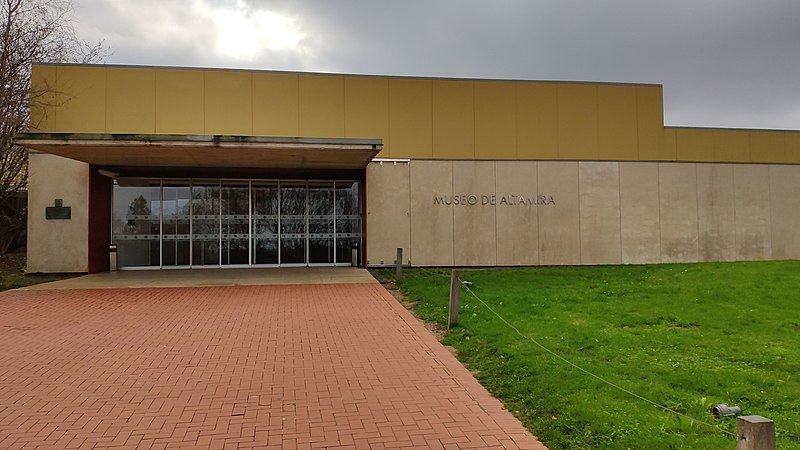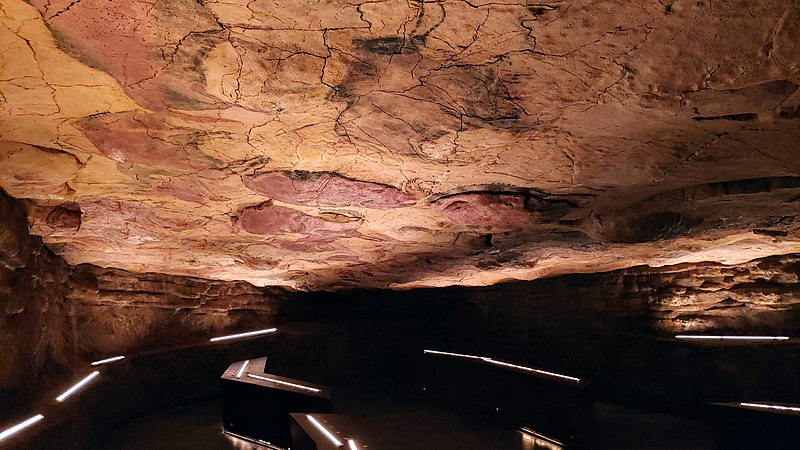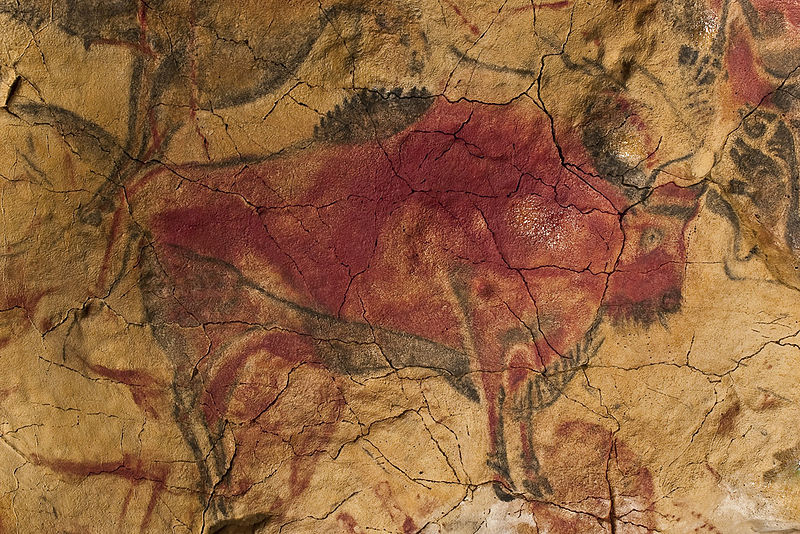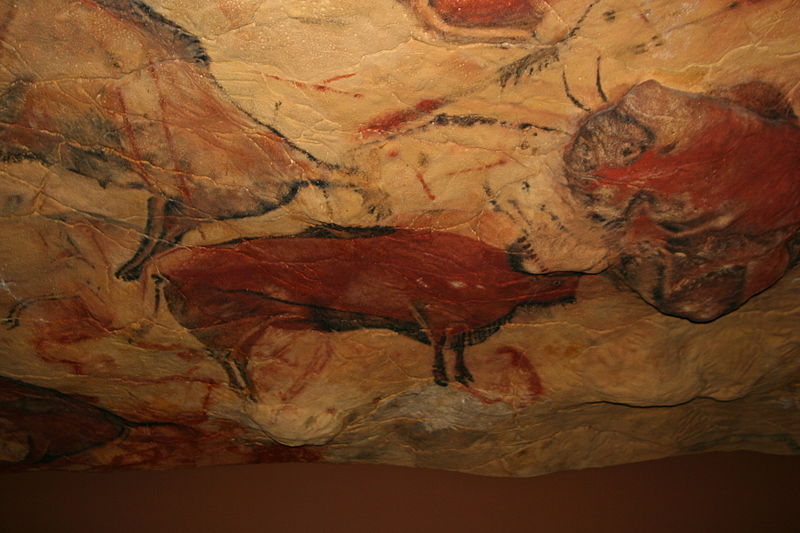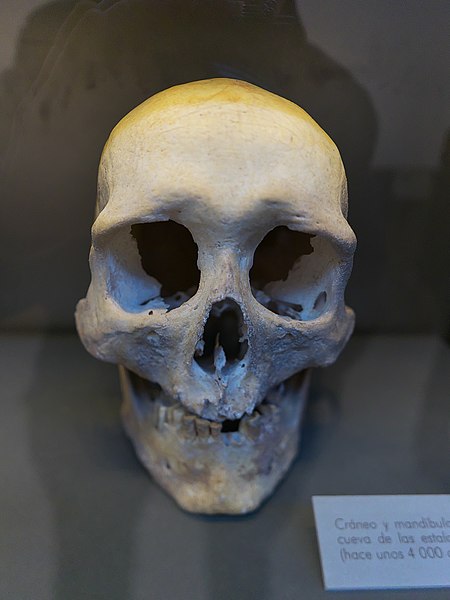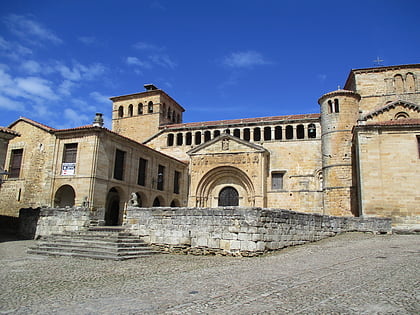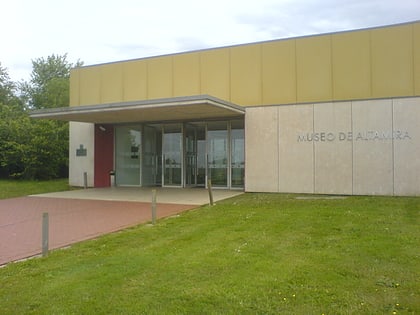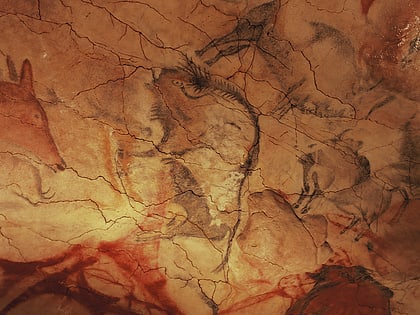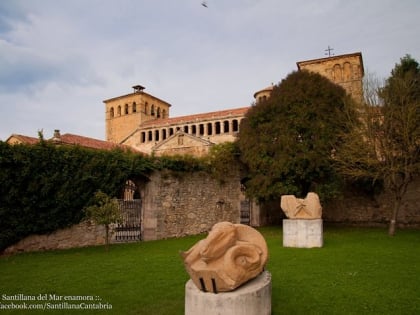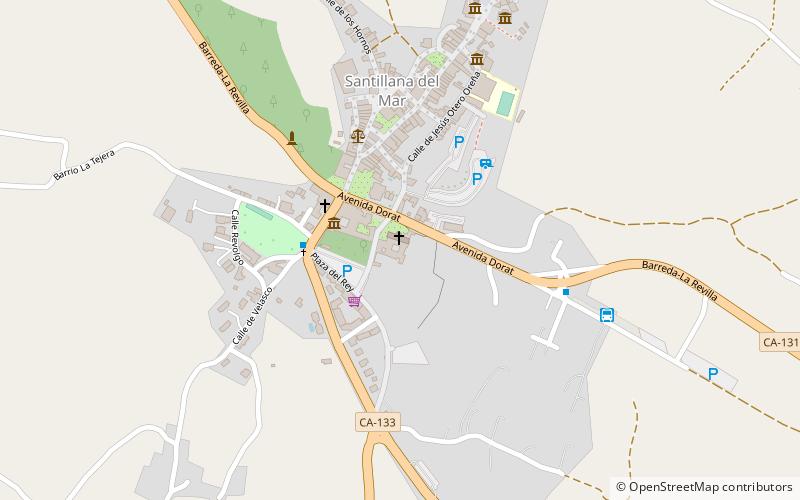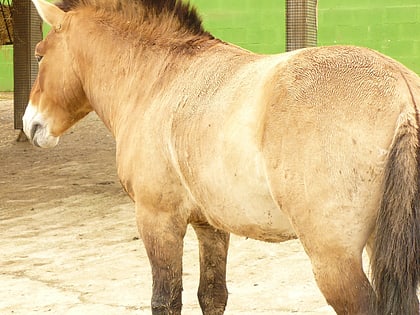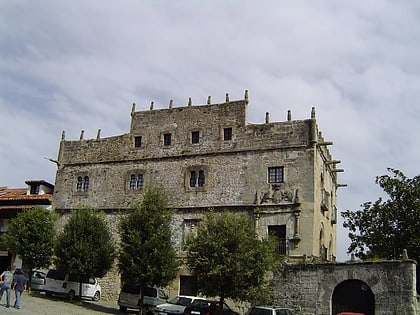Cave of Altamira
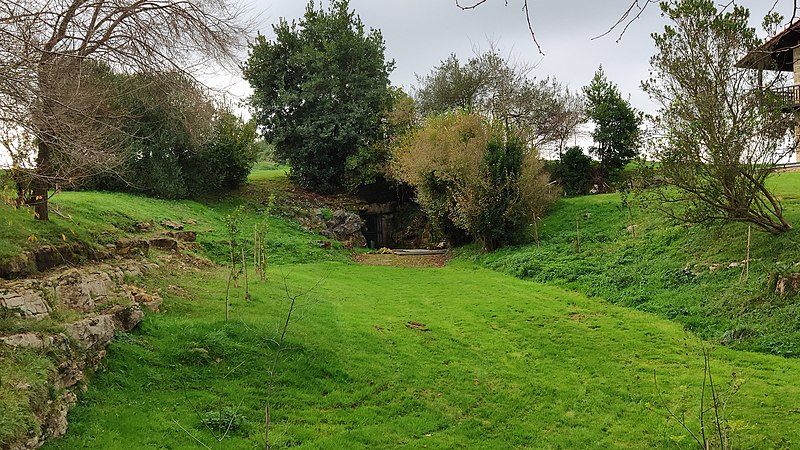
Facts and practical information
The Cave of Altamira, located near Santillana del Mar in Cantabria, Spain, is one of the most significant archaeological sites in the world. This cave is renowned for its Upper Paleolithic cave paintings featuring drawings and polychrome rock paintings of wild mammals and human hands. Discovered in 1879 by a local hunter, the cave's artwork dates back to between 14,000 and 20,000 years ago, providing a unique window into the lives and artistic expression of our prehistoric ancestors.
The ceiling of the cave's main chamber, often referred to as the "Sistine Chapel of Paleolithic Art," is covered with depictions of animals such as bison, horses, and boars, rendered with remarkable skill and understanding of perspective and movement. The use of natural contours in the rock to give a three-dimensional effect to the figures was groundbreaking for prehistoric art.
For years, the authenticity of the paintings was contested, but it is now universally accepted that they are genuine Paleolithic creations. Due to concerns over the preservation of the fragile art, the original cave was closed to the public in 2002. However, visitors can explore a meticulous replica, the Altamira Museum and Neocave, which offers a faithful and detailed reproduction of the paintings and the cave experience.
Cantabria
Cave of Altamira – popular in the area (distance from the attraction)
Nearby attractions include: Collegiate church and cloister of St Juliana, National Museum and Research Center of Altamira, Cave of Altamira and Paleolithic Cave Art of Northern Spain, Museo del Barquillero.


